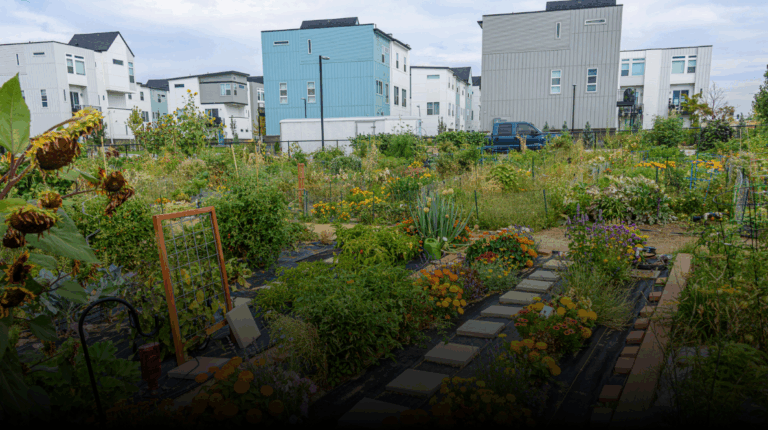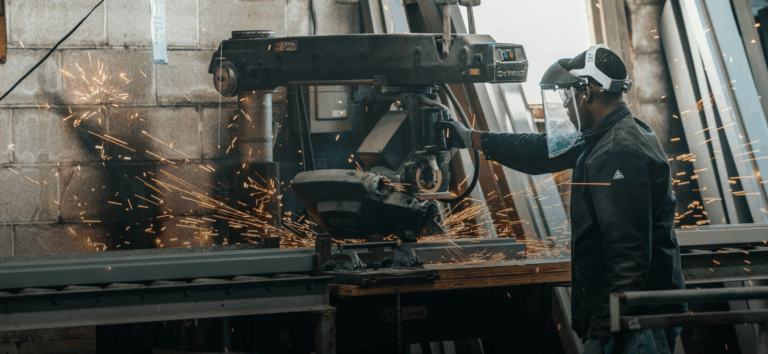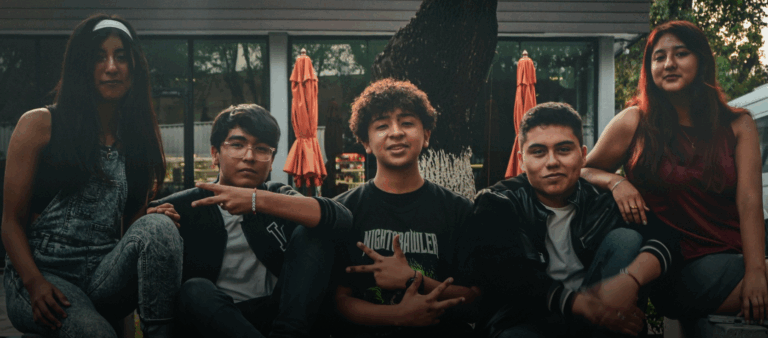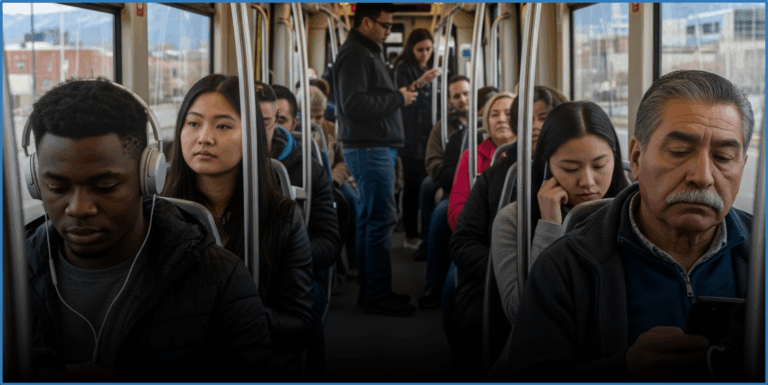
POWER IN COMMUNITY · NO. 1
Whose Voice Gets Heard?
When the system chooses who thrives, and who doesn’t.
The sidewalk outside your building is broken, so your wheelchair-bound neighbor stops going to the community center.
Your job search is on hold because you can’t get a local childcare spot.
The only bus stop with a shelter was removed. Now your elderly neighbor skips appointments when it snows.
These might sound like personal problems. But look closer, and you’ll see the fingerprints of policy, planning and power—evidence of the hidden hand of systems at work.
This article kicks off Power in Community, a series exploring the forces that shape who gets to be healthy—and who doesn’t. We’re talking about more than doctor visits or diets. We’re looking at the deeper “undercurrents” that impact our lives and choices.
These are systemic factors: the policies and decisions that quietly shape our access to health, well-being and opportunity. They define the very options we get to choose from, and they shape outcomes for entire groups of people, especially along lines of race, immigrant status, income, and geography.
The good news? Systems are human-made. That means they can be reimagined and rebuilt. In this series, you’ll meet Coloradans and community-rooted programs harnessing their power to reclaim possibilities for their lives.
What Do Systemic Factors Look Like?
Systemic forces can sound abstract until you see how they play out in everyday life.
Let’s look at a few examples of these undercurrents, starting with one of the most basic foundations of health: having a stable place to live.
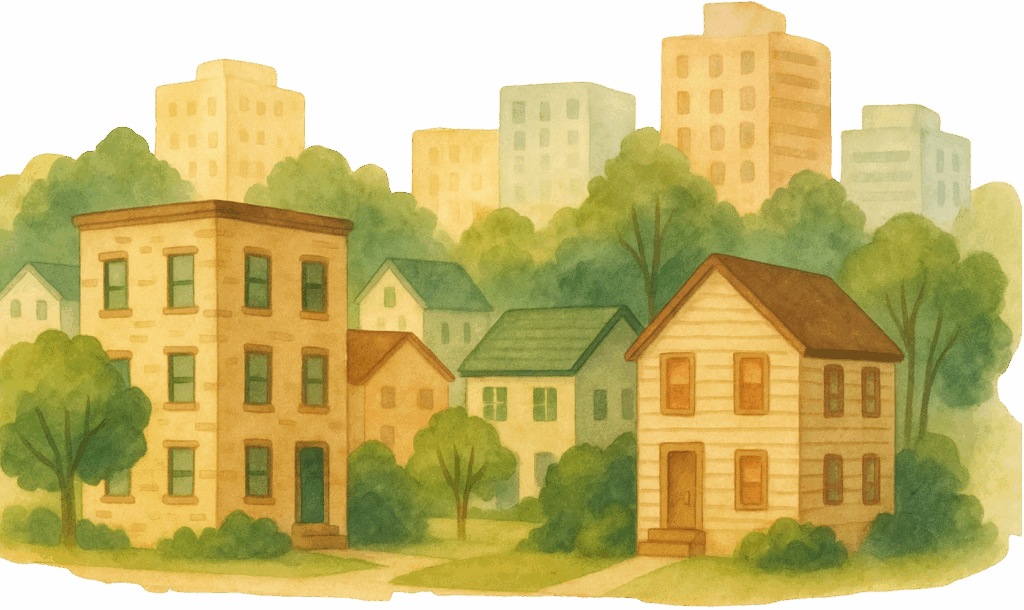
Housing: When Stability Slips Through Your Fingers
Health doesn’t stand a chance without stability. A rent increase can force someone to move, upend their childcare options, and drain their savings with another security deposit.
Unfortunately, housing instability is a constant reality for too many Coloradans, often rooted in forces that stretch back generations. For example, redlining—the practice of denying mortgages, loans, and insurance to neighborhoods populated mainly by people of color—has created lasting barriers to health and wealth. Although the practice was outlawed in 1968, its impacts continue to drive racial wealth gaps and even impact Coloradans’ ability to breathe clean air.
In Colorado, just 26 affordable rentals are available for every 100 low-income households. That shortage means families often spend half or more of their income on housing or face impossible choices between housing and healthcare.
According to the 2025 Colorado Housing Profile, this crisis is primarily the result of a market that was never designed to serve the renters with the lowest incomes. And as you’ll learn in the next section, their inability to pay is hardly due to a lack of hard work.
Meanwhile, people who experience frequent moves or evictions are much more likely to report depression, anxiety, and poor physical health. In children, these effects can appear as behavioral challenges and interrupted learning.
The undercurrents spread even further. Where Coloradans can afford to live directly affects the critical public resources they have access to. Michael H. Smith, a senior program officer at The Colorado Health Foundation (CHF), explains: “Your health is tied to where you live, where you go to school, and how you get around and access work.”

Your health is tied to where you live, where you go to school, and how you get around and access work.
MICHAEL H. SMITH,
SENIOR PROGRAM OFFICER,
THE COLORADO HEALTH FOUNDATION
UNDERCURRENTS IN ACTION
- You move every few years to chase a rent you can afford, and your kid starts over at a new school each time.
- You’re paying first, last, and a deposit yet again, leaving little money for other necessities.
- You skip calling your landlord about the mold because you fear getting evicted.

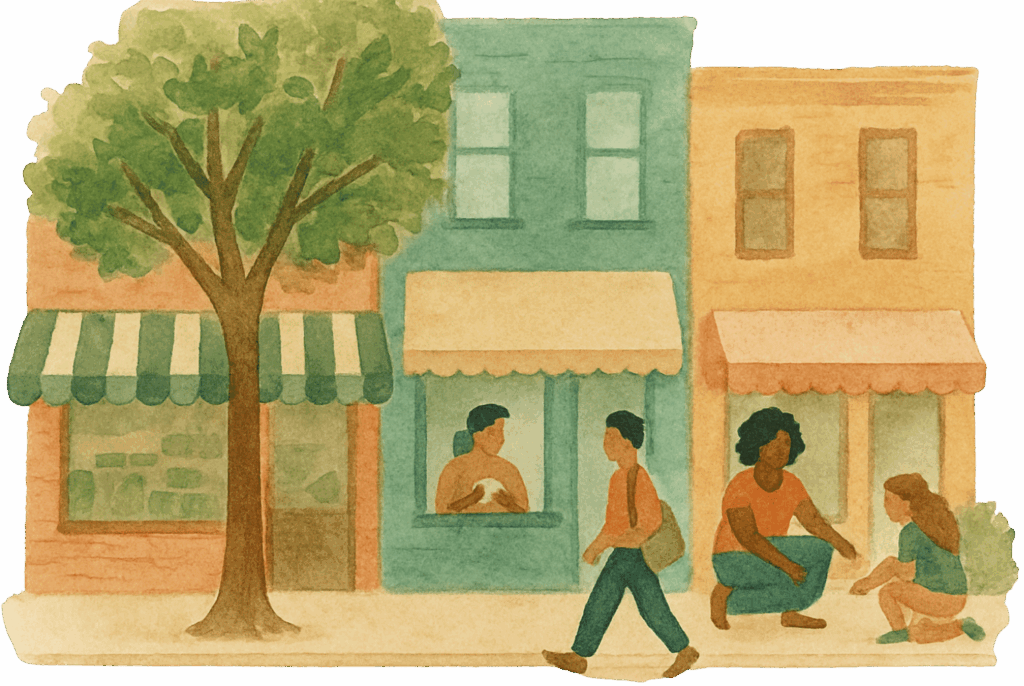
Work: When Effort Isn’t Enough to Get Ahead
“Economic insecurity” is bigger than just a paycheck. It means lacking the stability, benefits, and support that allow you to access healthcare or pursue opportunities.
Smith explains further: “People with limited means and resources often don’t have the time to address [health concerns]. Too often, there aren’t health facilities in their communities, or they depend on hourly wages and can’t take time off work.”
In Colorado and across the country, many jobs that keep communities running, like caregiving, food service, hospitality, and retail, don’t offer steady hours, paid leave, sufficient wages, or health insurance. Among service workers in the state, 71% say they want more stable and predictable schedules. Two-thirds report struggling to pay their bills.
Public benefits could help, but undercurrents often prevent those resources from reaching the people who need them most. For example, the SNAP program, which provides funds for groceries to people who earn low wages, has low enrollment among workers in Colorado’s mountain resort areas—partly due to the often seasonal nature of their work.
Race and ethnicity also heavily affect economic security. Compared to white workers, Black Coloradans make 34% less, Latino Coloradans make 38% less, and Native Americans make 40% less in wages.
UNDERCURRENTS IN ACTION
- You’ve picked up every shift you can just to cover rent, but now you’re running on fumes. The exhaustion shows in your work, and you’re written up for “poor attitude.”
- Your doctor recommends a low-sodium diet due to high blood pressure, but the foods she recommends cost more.
- You skip calling your landlord about the mold because you fear getting evicted.

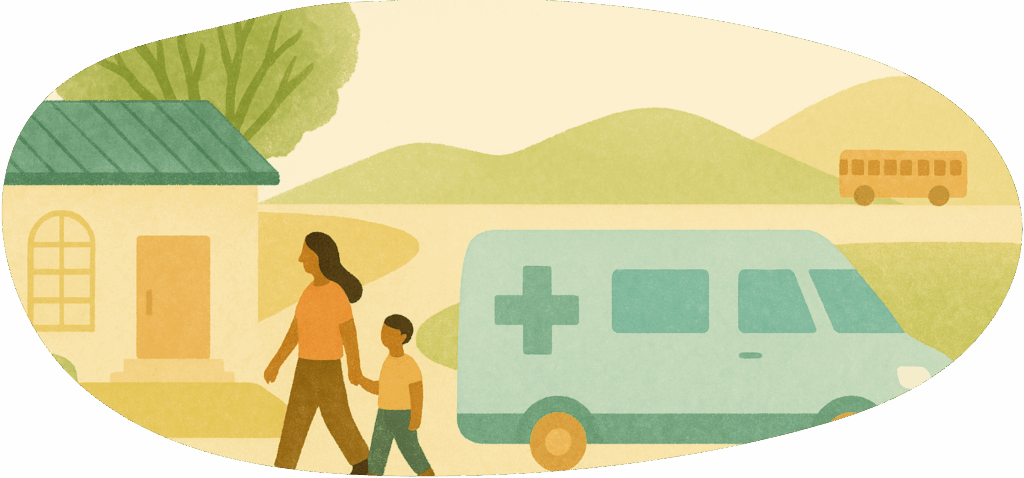
Care: When the Health System Doesn’t Show Up for You
Primary care is supposed to be the front door to health, where issues get caught early, managed over time, and sometimes prevented entirely.
But for too many Coloradans, it’s simply not accessible. When clinics close, providers leave, or coverage drops, that front door gets harder to reach. The result is more missed diagnoses, unmanaged chronic illness, and preventable emergencies.
Health Professional Shortage Areas (HPSAs)—places where 3,500 or more patients per provider—now include nearly 60% of Colorado counties, as of April 2025. In rural areas, that number jumps to 74%. This widespread shortage is further detailed in the Colorado Rural Health Center’s 2025 Snapshot of Rural Health in Colorado report, which shows how many people have to share a single healthcare provider:
- In the state’s rural areas, there is only one primary care provider for every 1,322 people, compared to one for every 1,199 people in urban areas.
- The disparity is even greater for mental healthcare; there is only one psychiatric provider for every 18,848 rural residents, versus one for every 8,360 urban residents.
- Only 18 of the state’s 32 Critical Access Hospitals—a federal designation for small, rural hospitals—have an obstetrics department. As a result, women in rural areas are 15 times more likely to travel over 30 minutes to give birth than women in urban areas.
In fact, rural patients in general have longer distances to travel for care, sometimes needing to travel for hours to find a provider who accepts Medicaid.
Moreover, hundreds of thousands of Coloradans have lost access to Medicaid coverage due to the official ending of the COVID-19 Public Health Emergency in 2023. A 2025 CHF report estimates “administrative challenges” will cause up to $1.7 billion in lost earnings for residents, showing how closely linked health access and economic opportunity truly are.
UNDERCURRENTS IN ACTION
- You’ve had a strange headache off and on and want to see someone about it, but the earliest time you can get an appointment is two months out.
- You missed an appointment because the reminder call was in English, and you didn’t realize it was from the clinic.
- You go to the ER for a manageable condition because no local clinic is accepting new patients. You’re hit with a $1,200 bill.

From Awareness to Action
The systems shaping our health and economic futures weren’t built in a day and won’t be undone in one.
However, residents and organizations across Colorado are attempting to create new possibilities through the power of community. This series is about helping you see these hidden systems more clearly and showing what’s possible when communities push back.
“This work is continuous,” emphasizes Smith. But you don’t have to be a lawmaker to take action. If you’ve ever thought, “Someone should fix that”—that’s your starting point.
Your First Step: Map the Undercurrents
- Look at your own life. What part makes a little more sense now? Maybe it’s the rent that keeps rising. The rec center that closed without warning. The streetlight that’s always out. That’s your undercurrent.
- Now ask: Who holds the power to change it? Is it a city department? A landlord? A school board? A neighbor with the right connections? Could it be you?
The Power in Community series is presented by The Colorado Health Foundation, working statewide to improve the health of Coloradans through community-informed investments and policy change. Learn more at coloradohealth.org.
Distributed by the Colorado Ethnic Media Exchange, a statewide network of newsrooms serving Colorado’s diverse communities and advancing equitable representation in media. Produced by Angle Content & Strategy, which builds mission-aligned content, tools, and partnerships that grow community agency.
About this article: All editorial decisions, reporting, and writing were carried out by human beings. Spanish-language versions were first translated using ChatGPT (OpenAI) and then reviewed and refined by a professional bilingual editor.
All inline illustrations were created using ChatGPT. The featured image was sourced from iStock. Image credit: FG Trade





